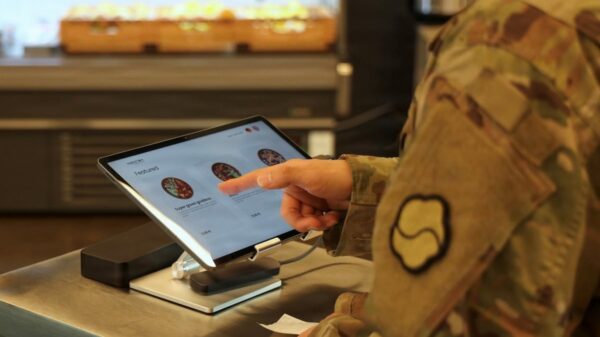Breast cancer remains one of the most prevalent cancers globally, with a diagnosis occurring every ten minutes for women in the UK. Recent statistics indicate a troubling decline in breast self-examinations, dropping from 49% in 2022 to just 45% in 2024, according to data from Cancer Research UK. Annually, approximately 56,500 women and 390 men in the UK are diagnosed with this disease, underscoring the importance of early detection.
In light of these alarming trends, Dr. Cihan Uras, a breast cancer surgeon with over 35 years of experience at Acıbadem Hospitals, is advocating for a proactive approach to breast health during Breast Cancer Awareness Month in October. He emphasizes that a monthly self-examination can be completed in less time than it takes to brew a cup of tea, potentially making the critical difference between early detection and late-stage diagnosis.
Understanding the Self-Examination Process
Dr. Uras outlines a simple, three-minute self-examination technique that everyone can perform to identify any unusual changes in breast tissue.
The first step involves examining oneself in the mirror for any noticeable differences. Dr. Uras suggests performing this topless, stating, “Stand with your shoulders straight and your hands on your hips. Look in the mirror for any noticeable differences. As you do this more often, spotting changes becomes easier.” Key indicators to note include skin dimpling, redness, rashes, or any alterations to the nipple, particularly inversion or discharge.
Next, raise your arms for about 30 seconds. This action helps stretch the breast tissue, making subtle changes, such as puckering or pulling of the skin, more visible. “Lifting your arms helps reveal differences in contour and movement between the two sides,” Dr. Uras explains.
The final stage, lasting approximately 90 seconds, is conducted while lying down. Individuals should use the flat of their fingertips to feel the breasts in circular motions, ensuring they cover the entire area from top to bottom and side to side. “Don’t forget to check up to the armpit area. Apply different pressures—light, medium, and firm—to feel all layers of the breast tissue,” he advises.
What to Do If You Find Something
It is important to remember that not all changes are indicative of cancer. Dr. Uras reassures individuals, “If you find a lump, always have it checked by a medical professional as soon as possible. The chances are that you have spotted it early, especially if you are doing these self-examinations monthly, allowing your doctor to start any necessary treatment sooner.”
He suggests that the best time for these checks is a few days after the end of the menstrual cycle, when tenderness is less likely. For those who no longer have periods, selecting a consistent date each month can aid in establishing a routine.
The NHS provides extensive resources for those facing breast cancer and offers support for families, highlighting the importance of seeking information and assistance. By making self-examinations a regular practice, individuals can take charge of their health and enhance their chances of early detection.







































































